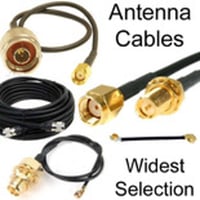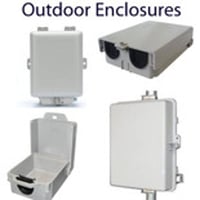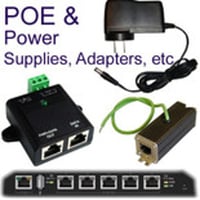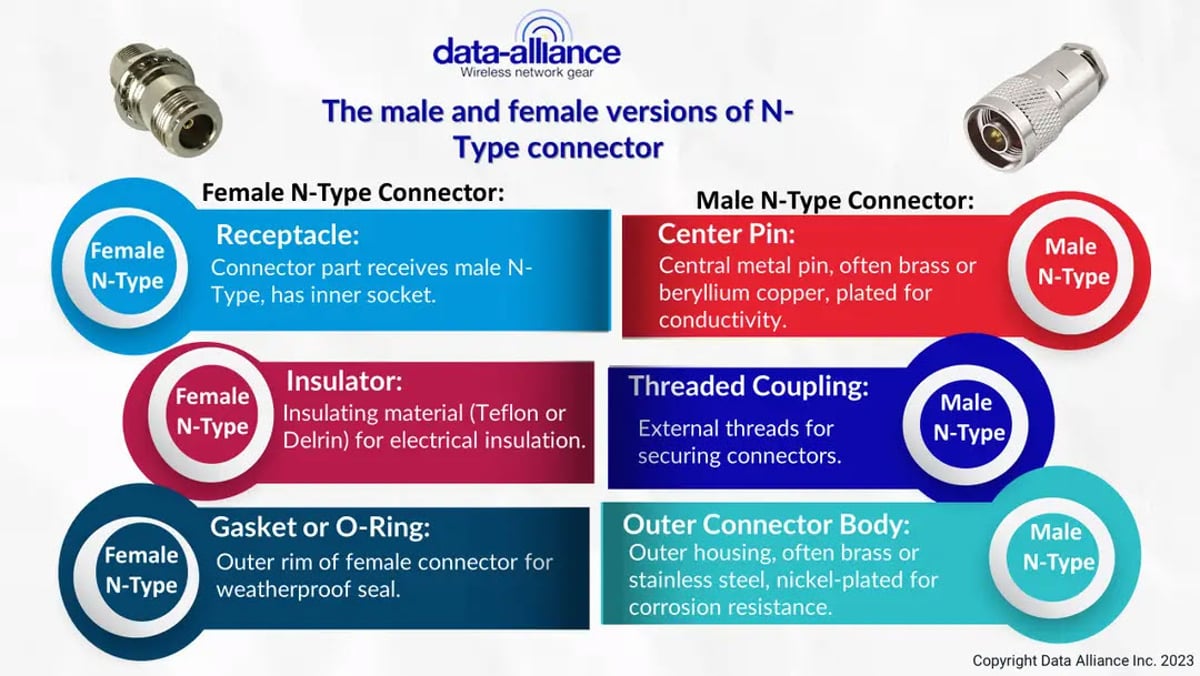Adapters with Type N connector(s)
N-Type Cable Joiners, Couplers, Gender-Changers, Adapters
Key Features and Applications
Associated Wireless Technologies
Type-N adapters are universally recognized in many wireless applications. They're commonly associated with technologies such as:
- Cellular communications: This includes GSM, CDMA, and LTE networks.
- WiFi and WLAN: For broadband wireless connections.
- Satellite communications: Including both satellite radio and TV.
- Radar applications: Especially in marine and aviation sectors.
- Ham radios and antennas.
Torque Ratings
An often-underlooked aspect of RF connectors, the torque rating of Type-N adapters, is crucial. It represents the amount of torque (usually measured in inch-pounds) that can be applied to the connector during installation without causing damage or deteriorating its performance. Type-N connectors typically have a torque rating ranging from 12-15 inch-pounds for brass versions, ensuring optimal contact pressure and reliable signal transmission.
Key Features
The attributes that set Type-N adapters apart include:
- Broad Frequency Range: These adapters operate efficiently over a wide frequency range, up to 11 GHz.
- Impedance Matching: Standard Type-N adapters offer a 50-ohm impedance, aligning with most RF applications.
- Low VSWR (Voltage Standing Wave Ratio): Ensures minimal signal reflection, leading to better performance.
- Durability: Designed to withstand rigorous conditions and repetitive mating cycles.
Materials Composition
The materials used in crafting Type-N adapters contribute directly to their efficacy and longevity. A popular choice of material is nickel-plated brass, offering two core benefits:
- Weatherproofing: The nickel plating provides a shield against harsh environmental conditions, preventing moisture ingress.
- Corrosion Resistance: Brass, when plated with nickel, resists rusting and corrosion, making the adapter long-lasting and reliable in various settings.
Types of Type-N Adapters
There's a Type-N adapter for almost every conceivable requirement. Some common variations are:
- Straight Adapters: These are linear connectors, aligning cables or devices in a straight line.
- Right Angle Adapters: Ideal for tight spaces, these form a 90-degree connection.
- Couplers: These allow two cables to be connected end-to-end.
- Gender-changers: Swap the gender of your connector, from male to female or vice versa.
Applications
The versatility of Type-N adapters can be seen in their wide range of applications. Beyond the aforementioned wireless technologies, they're integral in:
- Test and measurement setups
- Broadcast stations
- GPS devices
- Base stations
- Military communications
Conclusion
In the realm of RF (radio frequency) connectors, the Type-N adapter stands as a pillar of reliability and performance. This intricate component plays an essential role in connecting different types of cables, devices, and systems, ensuring seamless transmission of signals across various wireless technologies. Their robust nickel-plated brass composition ensure maximum weatherproofing and corrosion resistance, to their diverse types and applications. They ensure our devices communicate efficiently and effectively. Whether you're setting up a satellite connection or tuning into a ham radio, understanding the attributes and applications of Type-N adapters is crucial.








